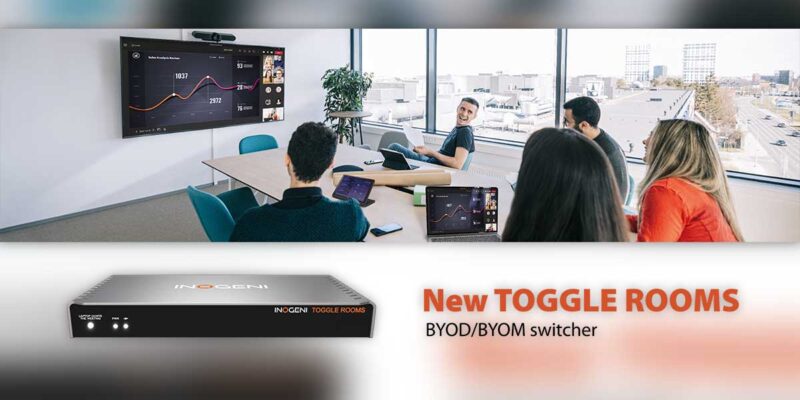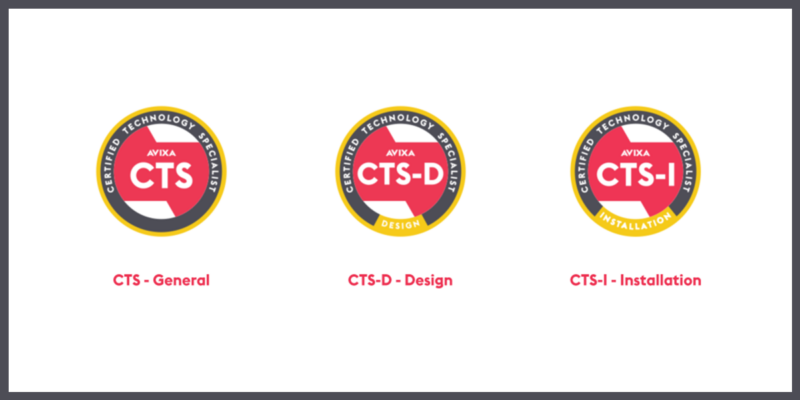Dog Days of Summer
 As I sit down to write this column for July, I expected to be overflowing with excitement and interest from InfoComm. I am on a bit of an InfoComm hiatus, having not attended for three years. Yet, I am struck that there does not seem to be any HUGE news out of the show this year, at least for those of us in the education market. I have even heard from a couple of people that some of the parties were a little less exciting than usual. I know several people who left them halfway through the show.
As I sit down to write this column for July, I expected to be overflowing with excitement and interest from InfoComm. I am on a bit of an InfoComm hiatus, having not attended for three years. Yet, I am struck that there does not seem to be any HUGE news out of the show this year, at least for those of us in the education market. I have even heard from a couple of people that some of the parties were a little less exciting than usual. I know several people who left them halfway through the show.
That is not to say that InfoComm is a flop. That would be a mistake. We sent our AV engineer and our AV technician to take the CTS and CTS-I prep classes, respectively. I am happy to say that both passed their exams later that week. They also had the opportunity to get out and meet with technology managers and expand their networking base. Those opportunities are priceless.
So, without much to write about InfoComm, I figured I would indulge myself and write about a favorite install project that my group did this year. Our rhetoric department does a significant amount of work with movies and television programming. I certainly wish I had the opportunity to study exactly what they do with these movies and television programming, but I do know that each time I have been in a room with them, the discussions are engaging and provocative. This year they came to us and asked for our help in putting together a cost effective seminar room, with collaboration options, and a surround sound solution.
We consulted with the users of the room on what exactly, they were looking for. We heard the need for a small room, of 15 to 20 students. They would be seated comfortably around a large conference table. The instructors wanted the ability to show computer images, bring in a laptop, show a Blu-Ray and allow students to put their material up on the display. The wonderful advantage we had, is that these professors were very proud of this space we were building, and were willing to re-think what they have done in the past in order to have an aesthetically pleasing space. In my world, that means they were willing to get rid of blackboards! Also, they really understood what was important to them, and what they were willing to sacrifice on. In fact, they were the perfect customers.
We choose to go with a 70” LED display. As I mentioned previously these faculty use a lot of video in their work. The best picture possible, with the ability to clearly see features was important to them. They also wanted to be able to hear the movie the way the director intended it to be heard. So, here we stretched the budget to fit in a 7.1 surround sound system. We choose to go with a Denon receiver, controlled by RS232 (old school, I know) and Paradigm surround sound speakers.
That was the easy part. The more difficult part was figuring out the issues around content and collaboration. Content was the first hurdle. Many of the faculty have their own Netflix, Google Play, Hulu, etc. accounts. They did not want to plug in any of their login information to a local device, such as a smart TV or Blu-Ray player. However, they each have iPads and iPhones. We setup an Apple TV in the room. Fortunately, all this happened right about the same time that Apple popped in the update to the Apple TV that allows devices to negotiate their initial connection via Bluetooth rather than Bonjour. This made the success rates of putting the equipment on our network much higher. Now, a faculty member can walk in and display their laptop, or iPad or iPhone on the display with no wires. Also, the AirPlay data carries the surround sound channels.
For PC users, we added a Crestron AirMedia device. In several ways this device does not live up to my expectations of it, but as a basic device to mirror a PC laptop, it seems to fit the bill. We do warn our users however that the device is not up to showing full motion video. Collaboration on a document, spreadsheet or viewing a PowerPoint is fine. The solution worked in this room, because the faculty told us there were all Mac users, and the few students with PC’s would not be showing video off them.
We finally circled back to the idea of white boards and blackboards. As I mentioned earlier, the faculty were more than willing to give up their blackboards, but felt as though they needed some way to take notes in class with students. We found a couple of good options for this. The first option was the most simple. Using their iPad, mirrored to the AppleTV, they could type up notes, or use a drawing app. However, the limited space the iPad takes up on the monitor made our faculty uneasy. Our second option is a fabulous piece of software called Doceri. rAVe Pubs did interview a Doeri rep at InfoComm 2014, but I don’t think the rep did the software ANY justice. Essentially, Doceri allows you to mirror a computer to your iPad. So, our faculty could sit at the seminar table and control the rack mounted computer. Also, the software allows them to annotate over the computer, or over a white screen.
The point of this column is two fold. First, I hope that as service providers, whether internal tech managers, or outside integrators, we can listen to our customers. It is so important to hear what they need, as opposed to what you want to give them. Second, I hope that we can also learn that it is not always the biggest and most expensive solutions that work. The Doceri software is about $30. The entire installation of the room I wrote about about was around $14,000. As we get into these lazy dog days of summer, let’s continue to be vigilant in giving our customers what they need.





